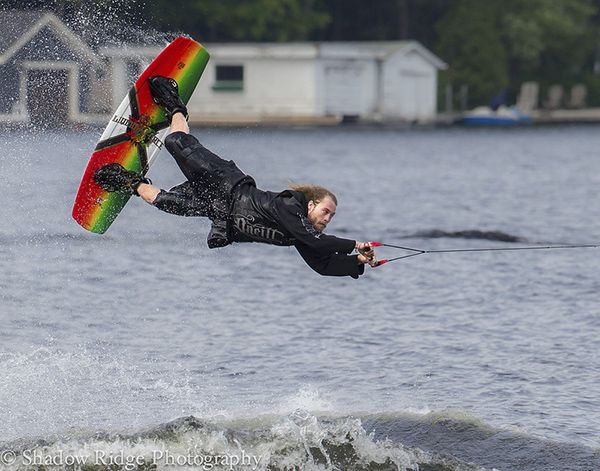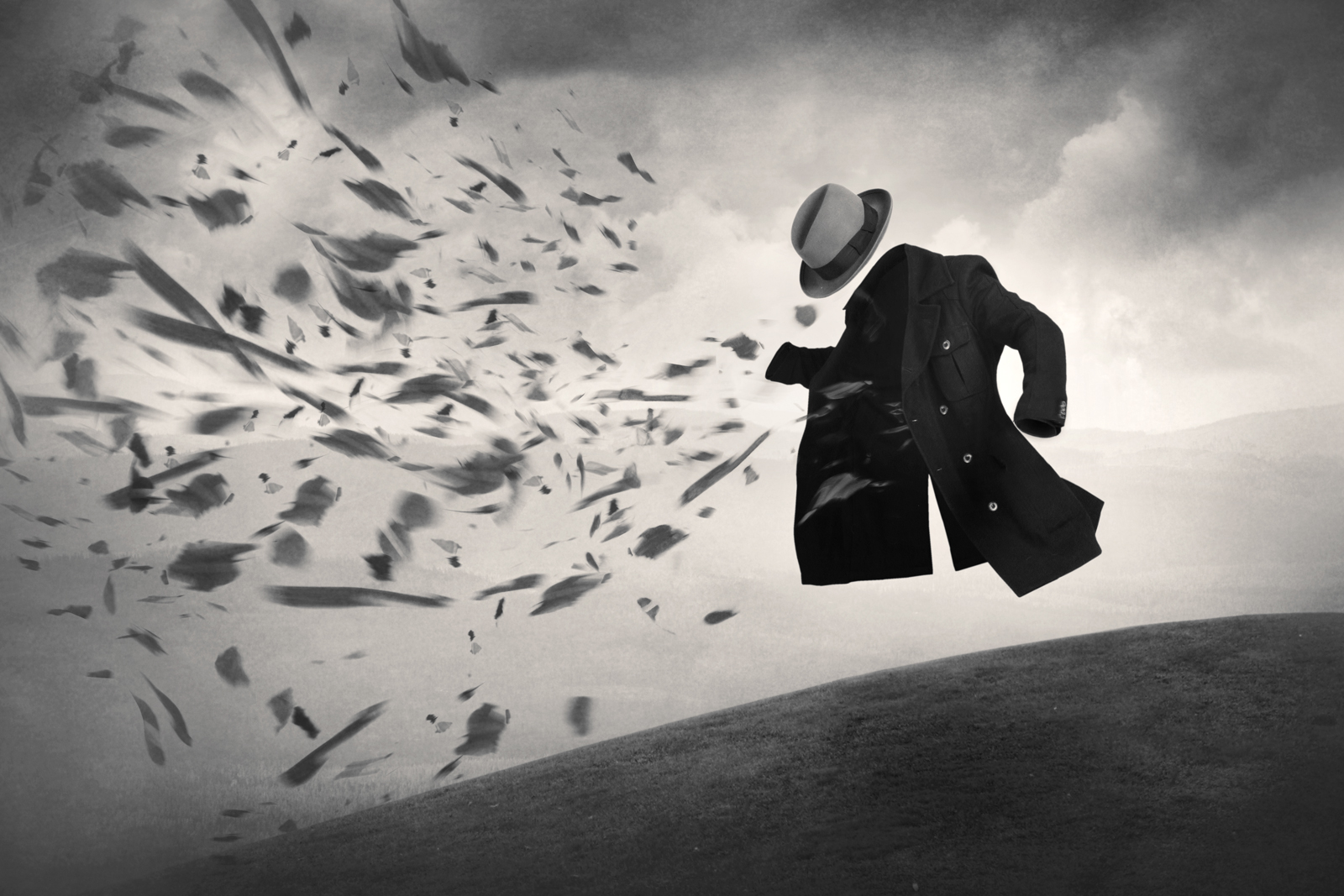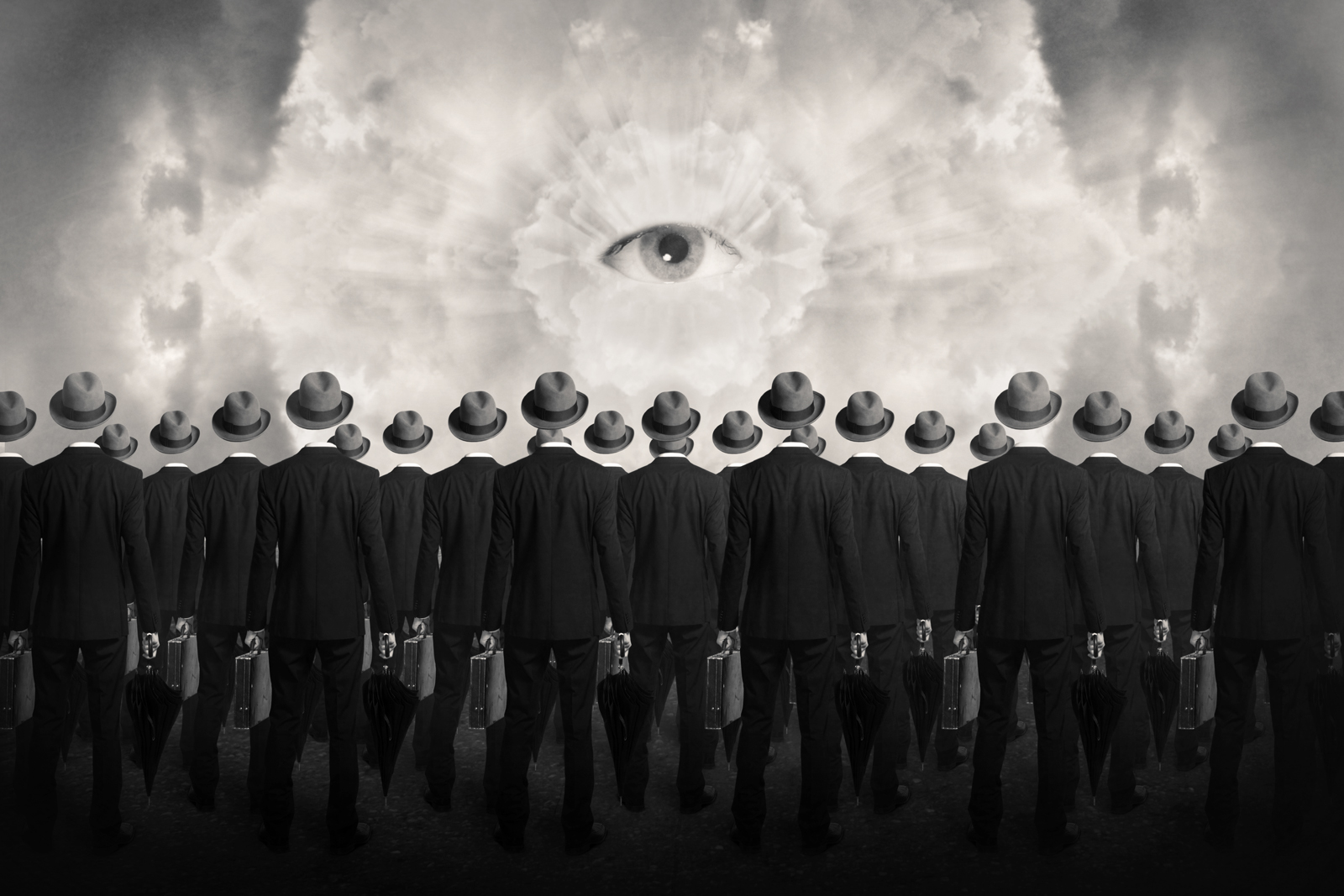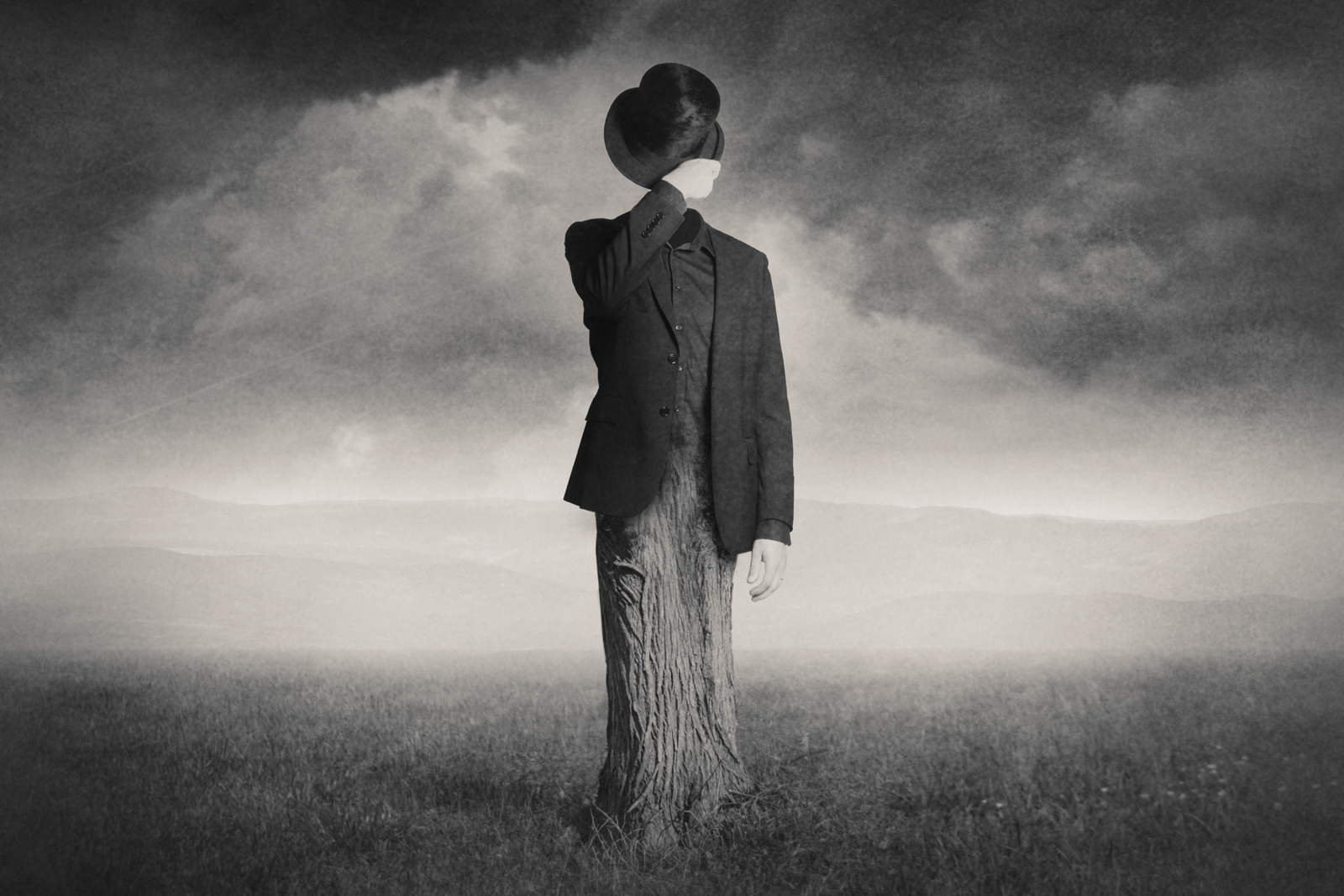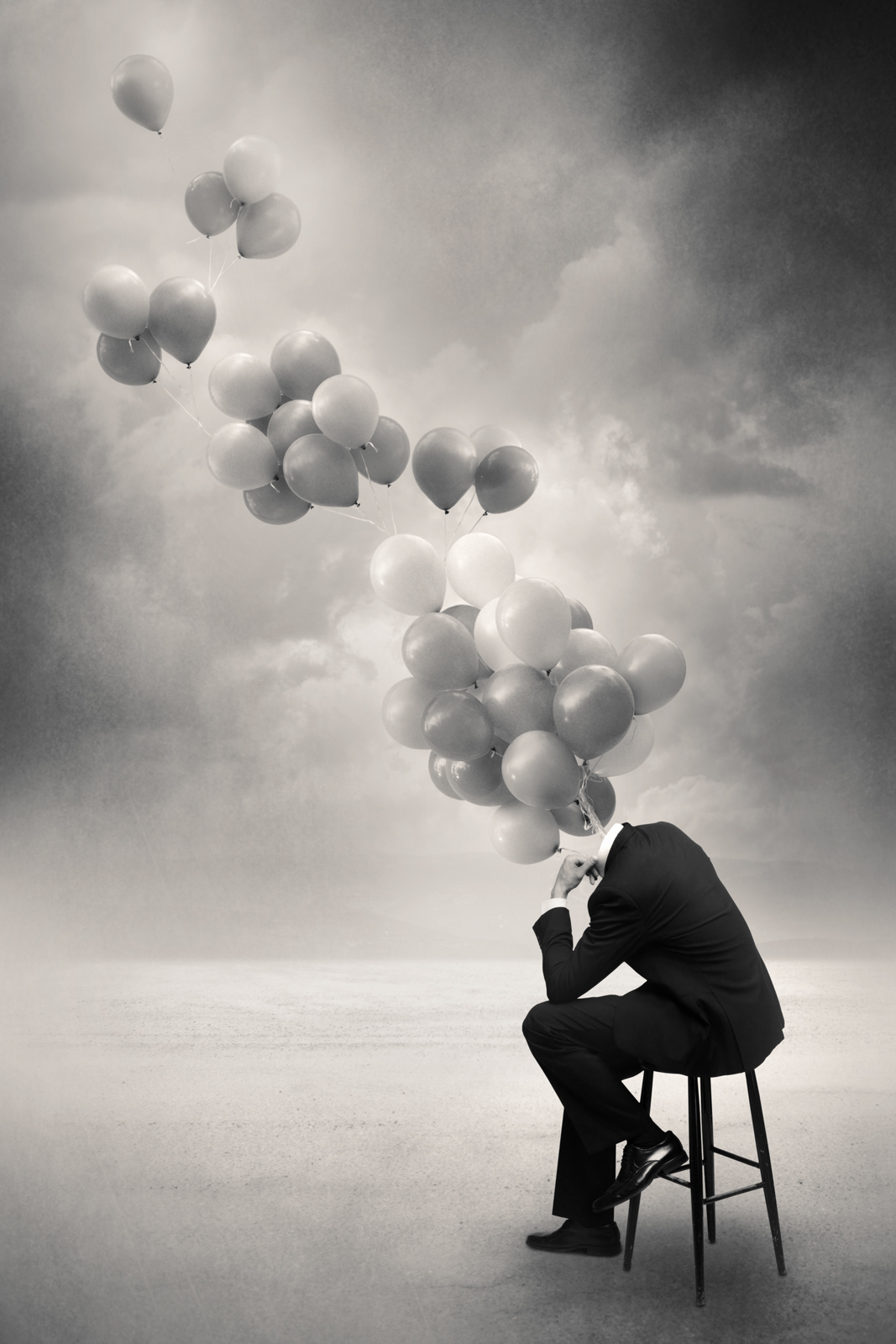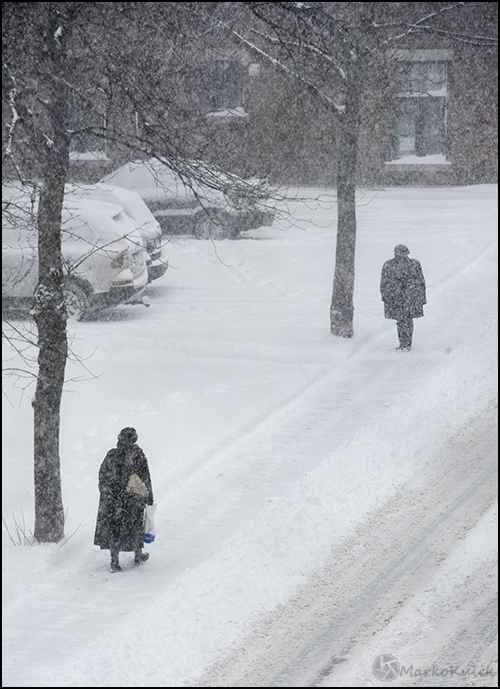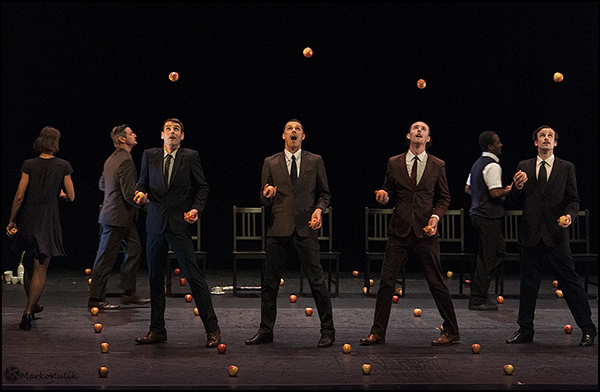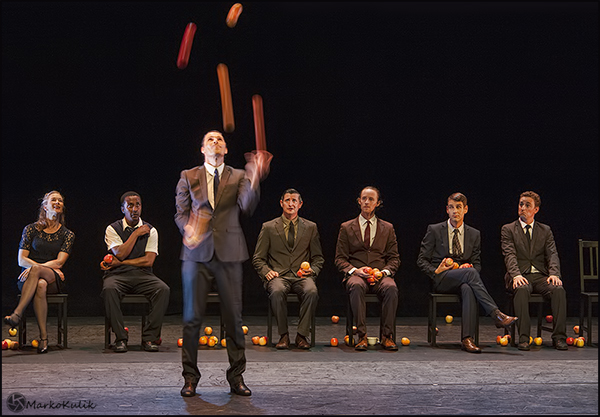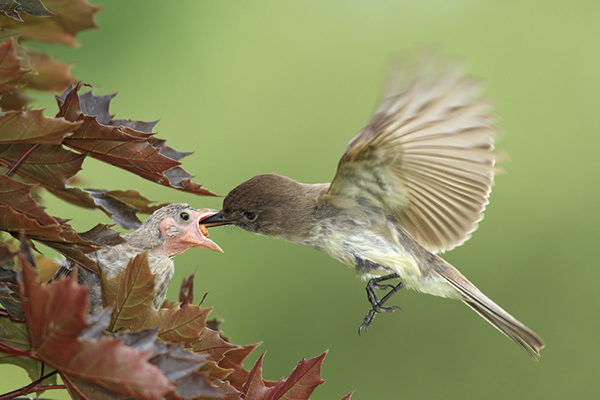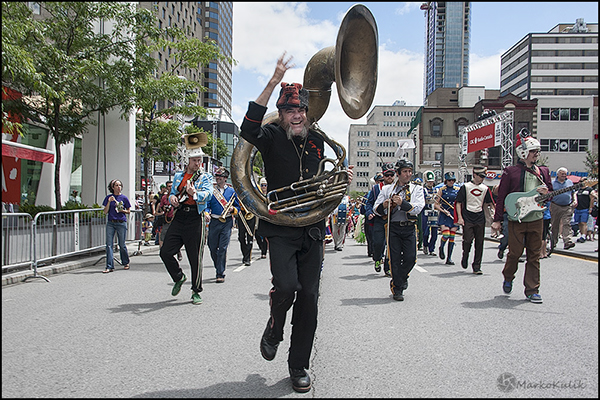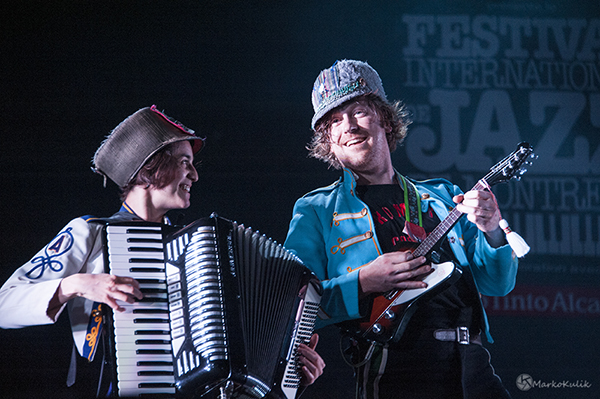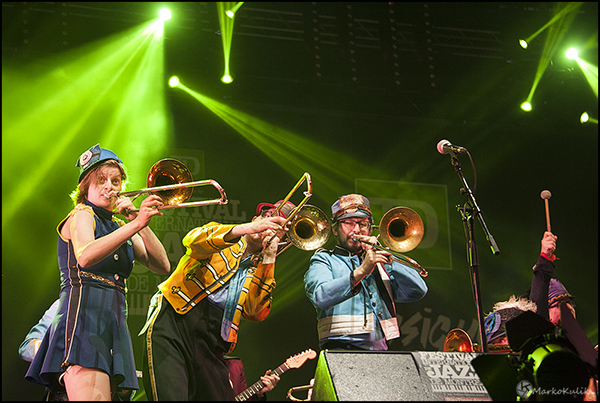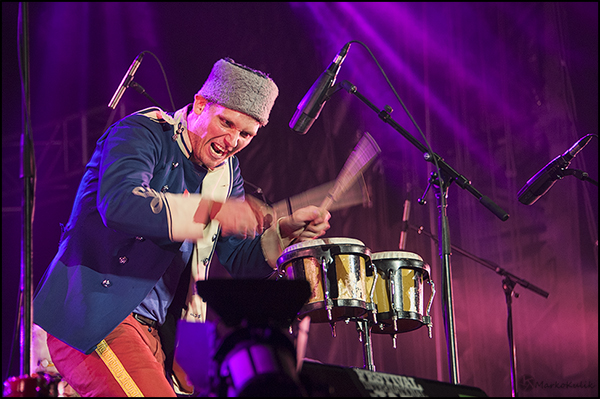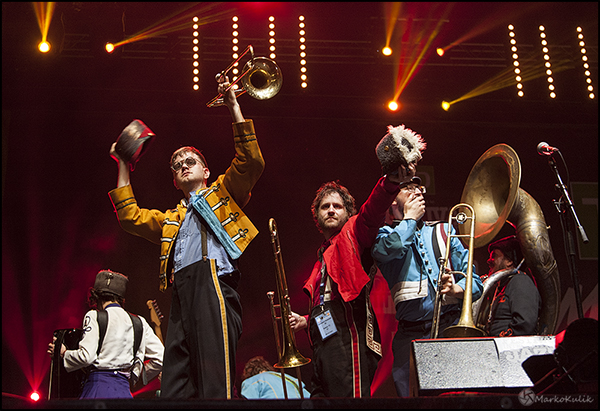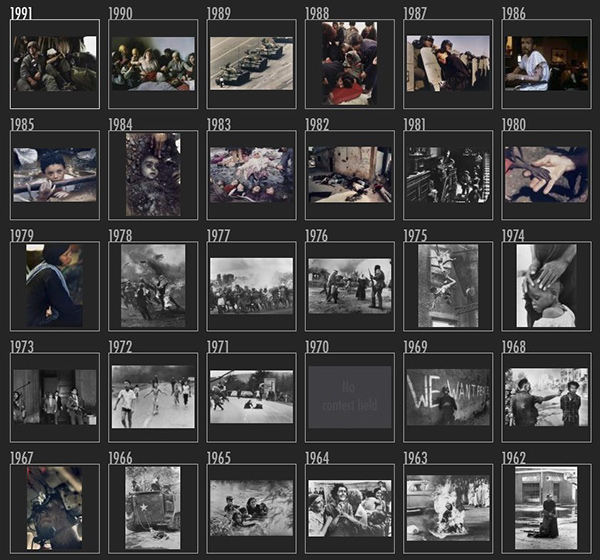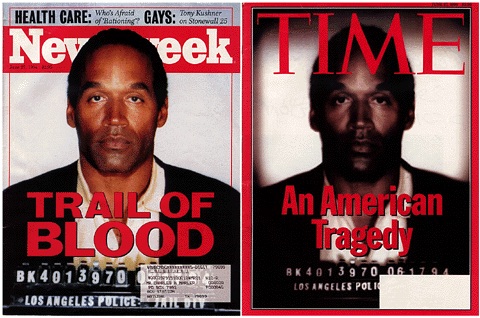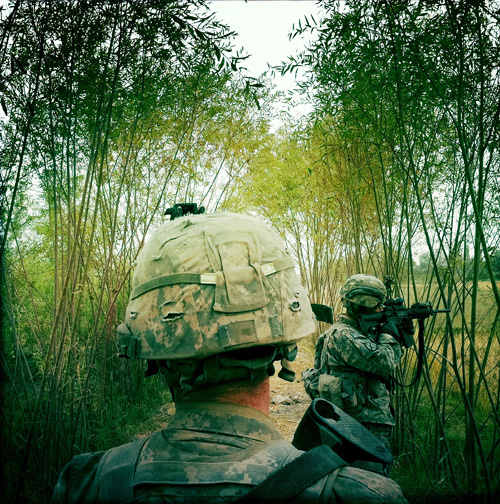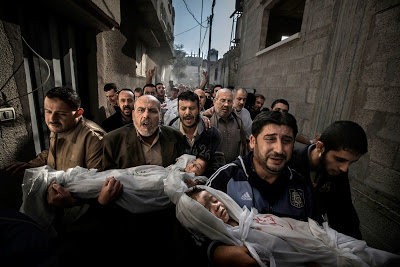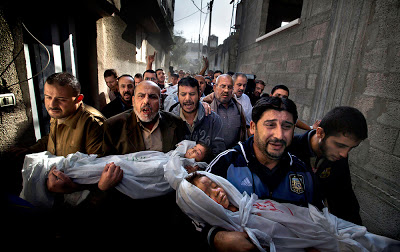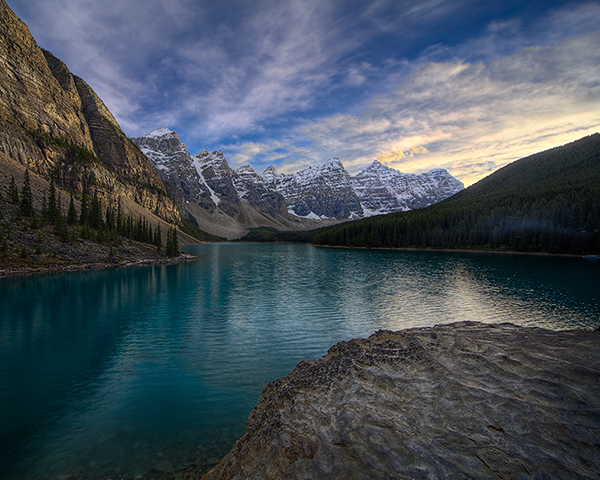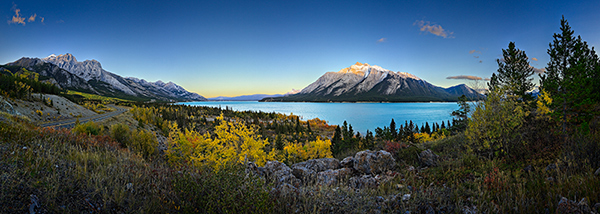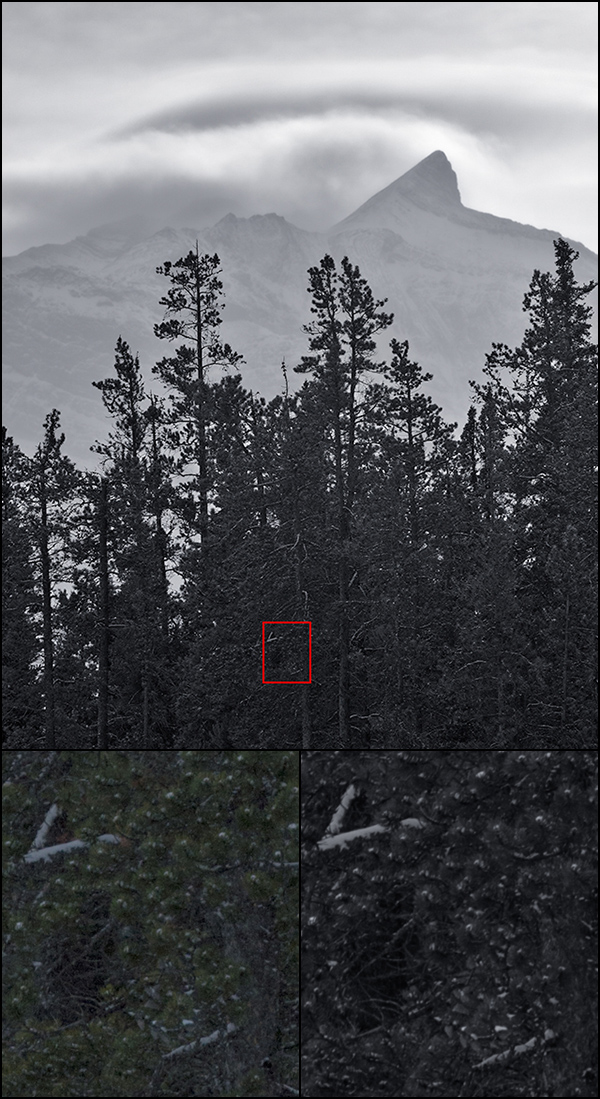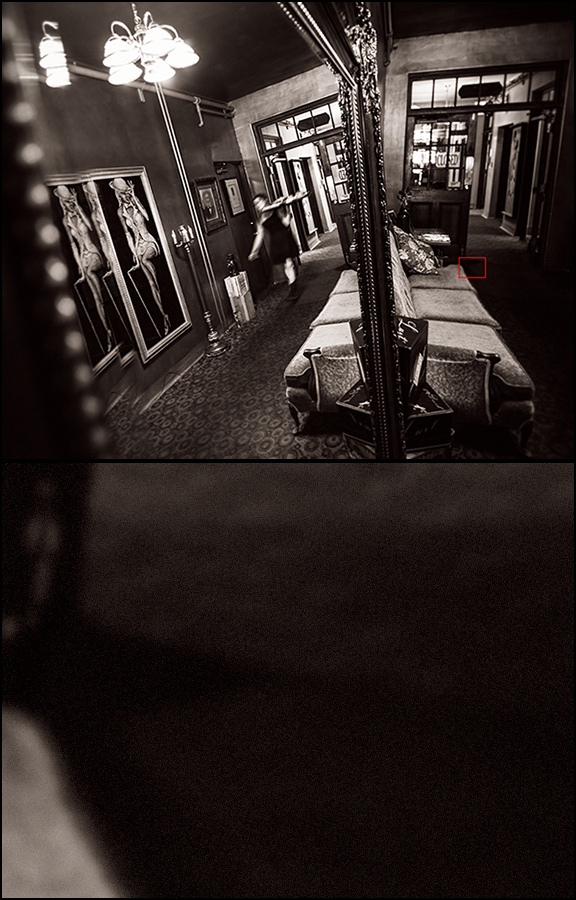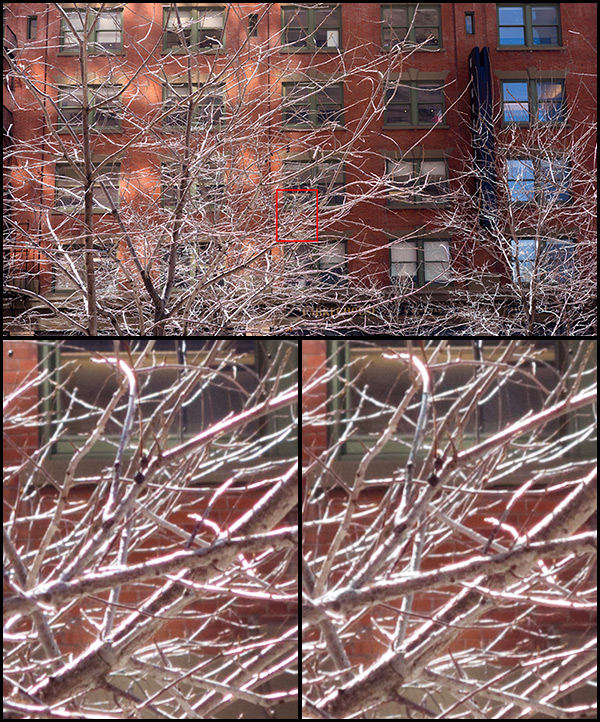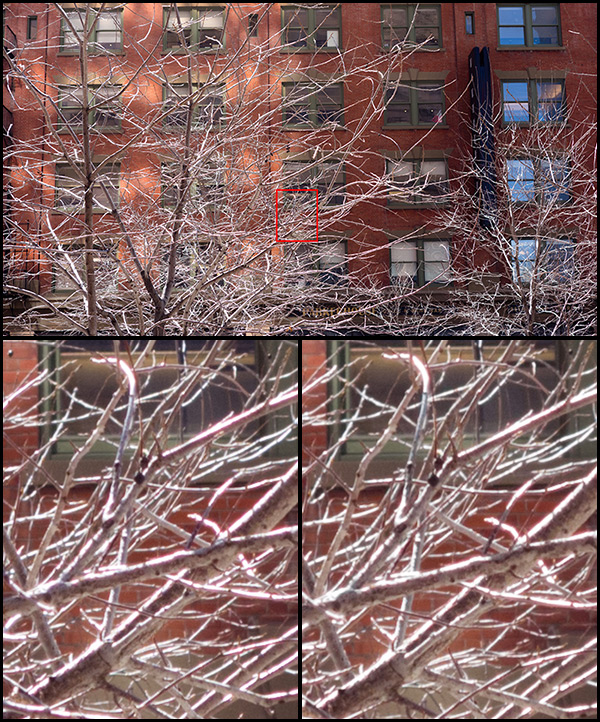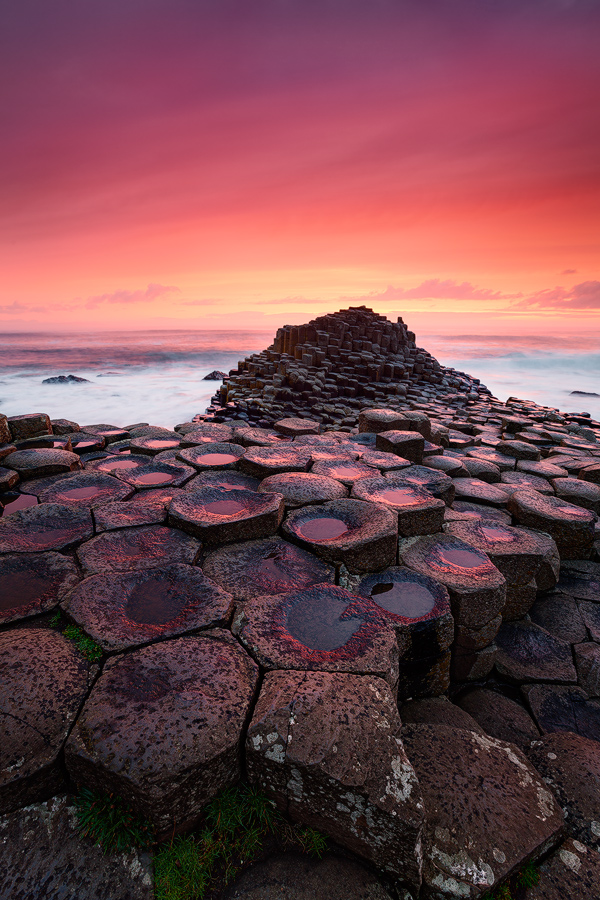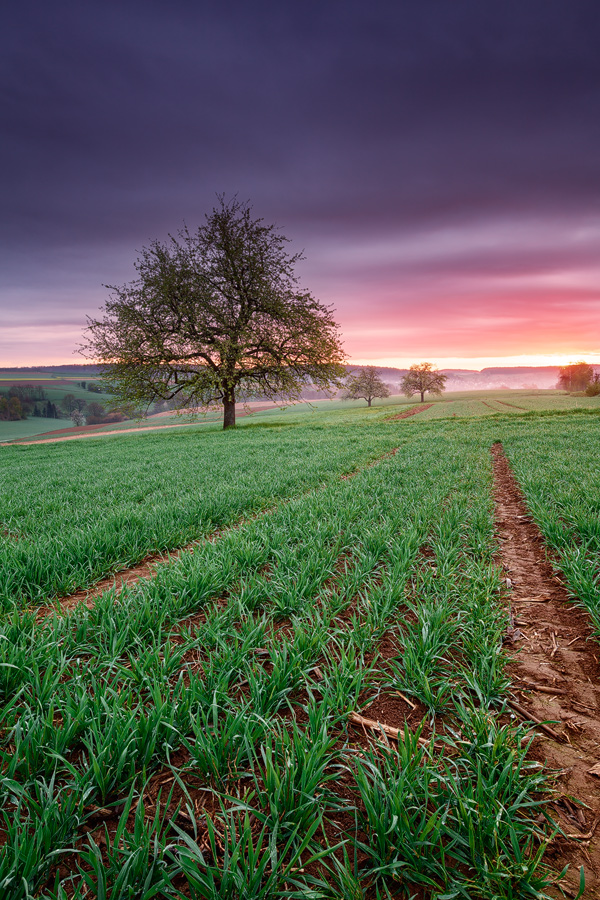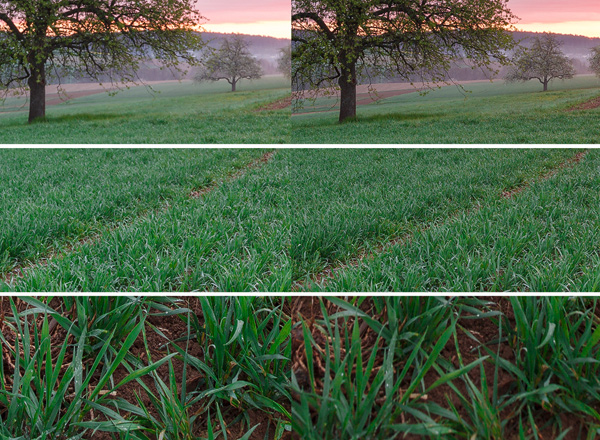Hi Photo lovers!
Every month on our photography forum members nominate images that they like. Then at the end of the month I choose an excellent image and talk about why it rocks. The photo I choose is not necessarily the best one of the month. I’ve come to realize it’s not really logical to pit images from totally different genres against each other. That’s why there are categories in photo contests. I just choose a photo that has extremely strong elements that we can learn from.
Just so it’s clear, the photo I choose is not necessarily the best one of the month. I’ve come to realize it’s not really logical to pit images from totally different genres against each other. That’s why there are categories in photo contests.
My goal is to simply choose an excellent photo and talk about why I think it rocks. This month was another crazy hard month though as the nominations from different genres were of very high quality.
This month’s choice goes to Hillbillygirl is for capturing Air Time .
I chose this image for a few reasons:
1 –Decisive moment and timing — The moment captured is very exciting! The wakeboarder is parallel with the water and yet he looks perfectly calm and concentrated even though he is flying through the air.
2– Composition — I really like the framing here. The frozen wave at the bottom, the spray coming off the wakeboard at top left, the line pulling the wakeboarder at right — it’s all working well. I like that the background has gone medium soft which highlights the wakeboarder so nice aperture choice as well.
3 — Sharpness and high shutter speed — I really like that the eyes are nice and sharp. It’s a testament to good tracking skills and the use of an appropriately high shutter speed to nail this scene. The eyes are sharp enough to see and feel the concentration. The whole body gesture is wonderfully frozen.
For all these reasons, this is my choice for image of the month. Since we all have opinions, some members may disagree with my choice. That’s cool but THIS thread is not the place for debate over my pick, NOR is it the place to further critique the image. The purpose here is to suggest strong elements in the photo that we may learn from.
Congrats Hillbillygirl on this exciting capture!
